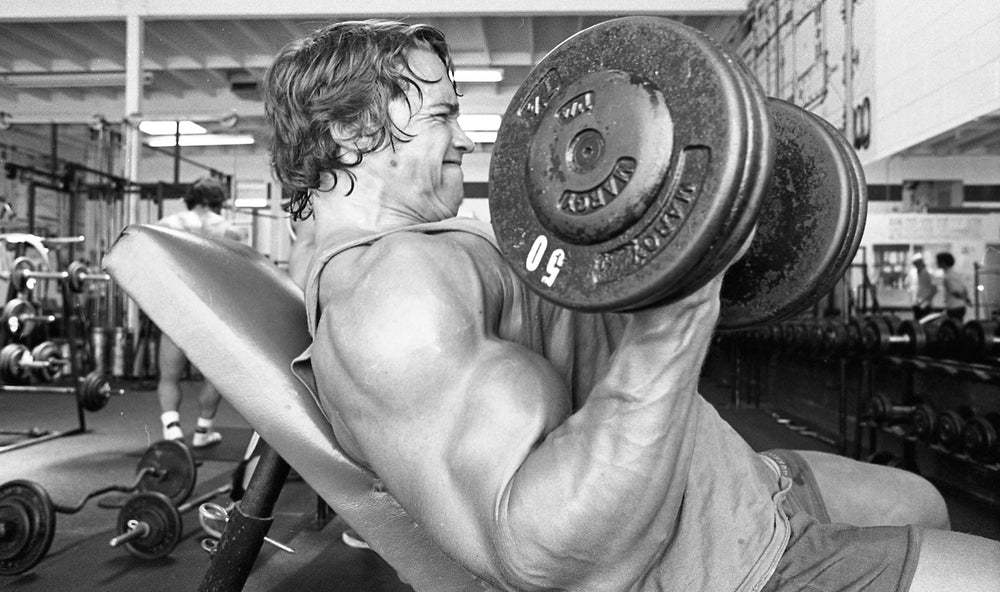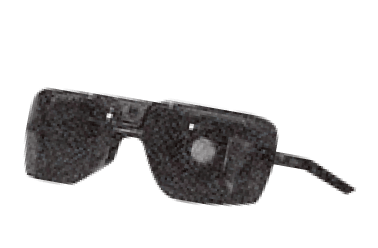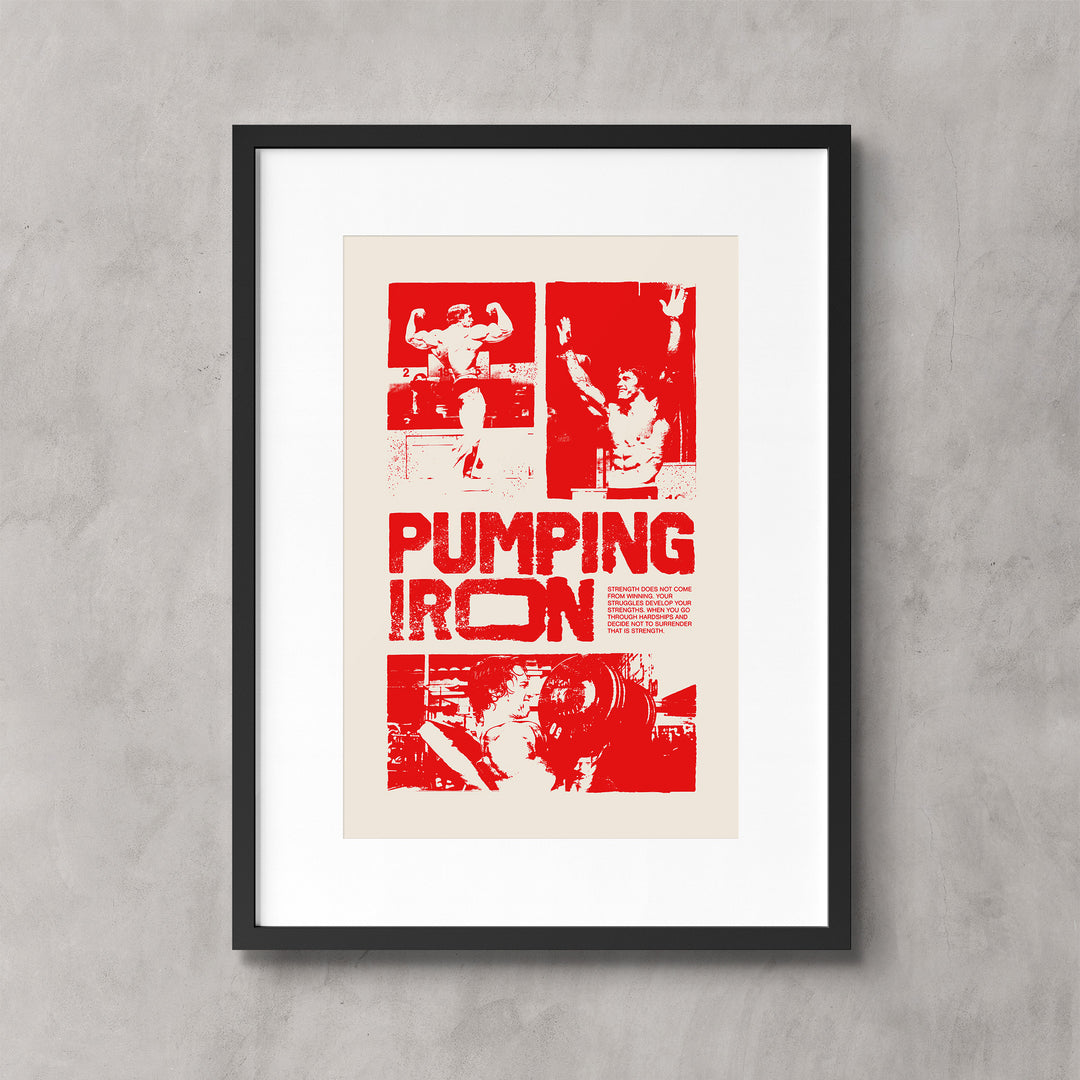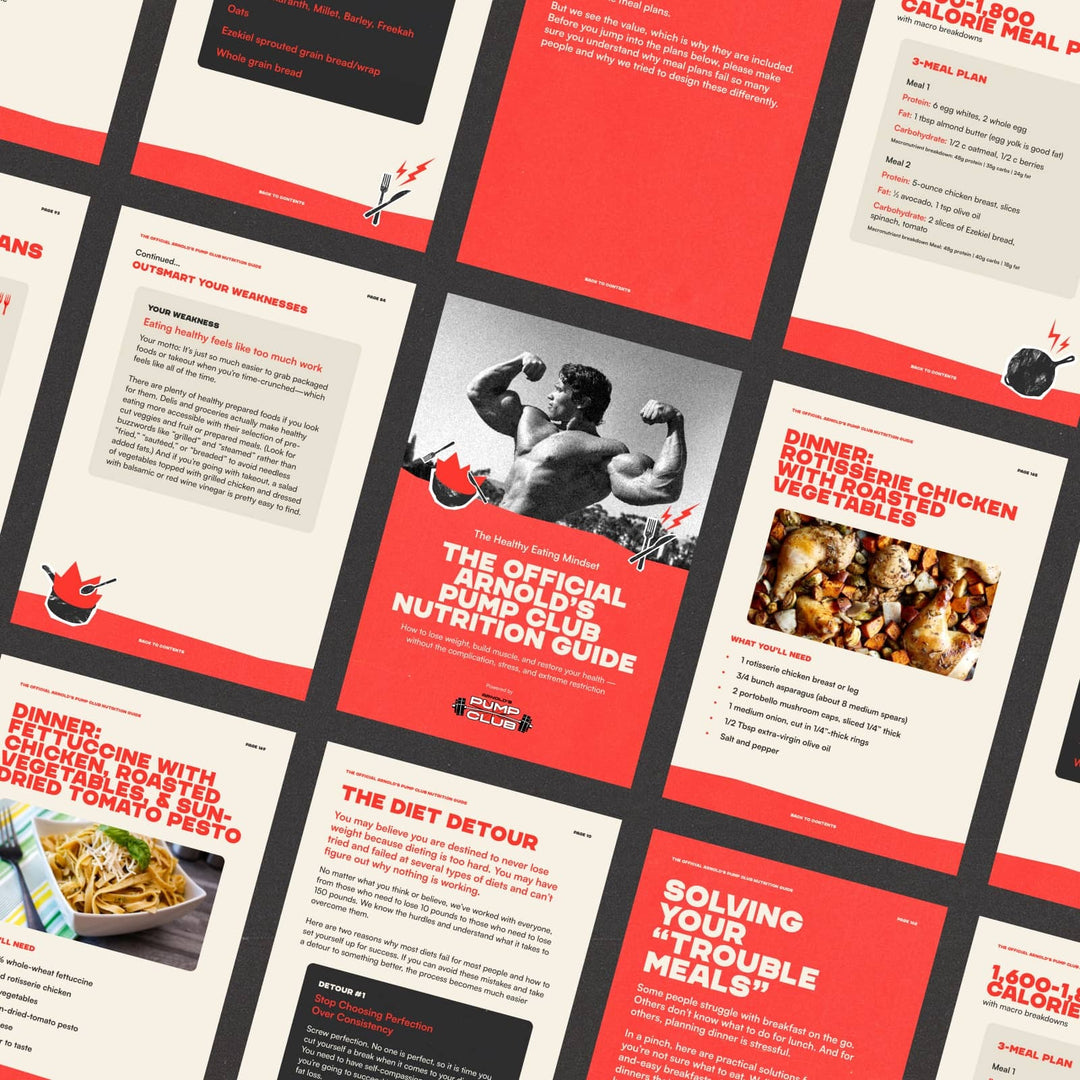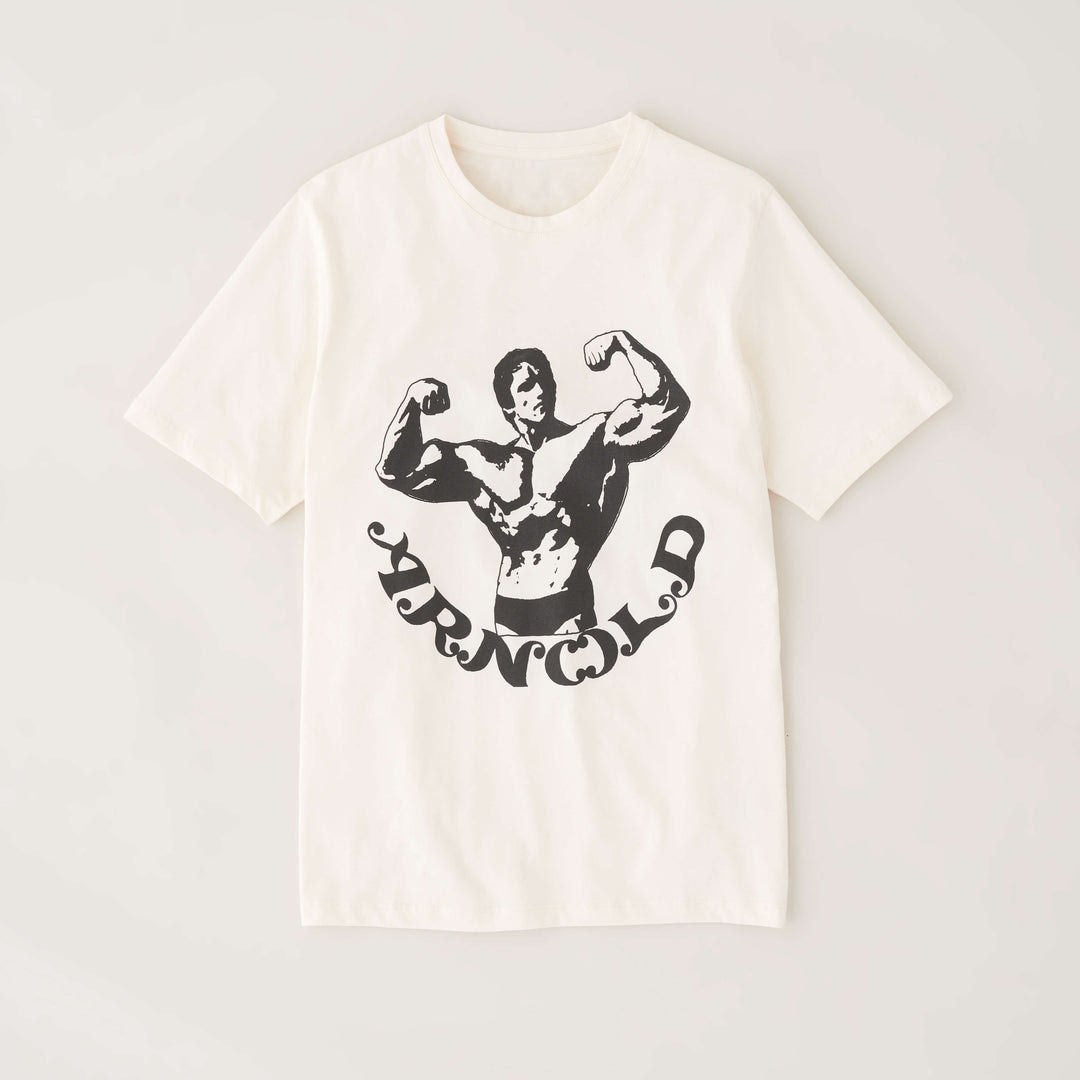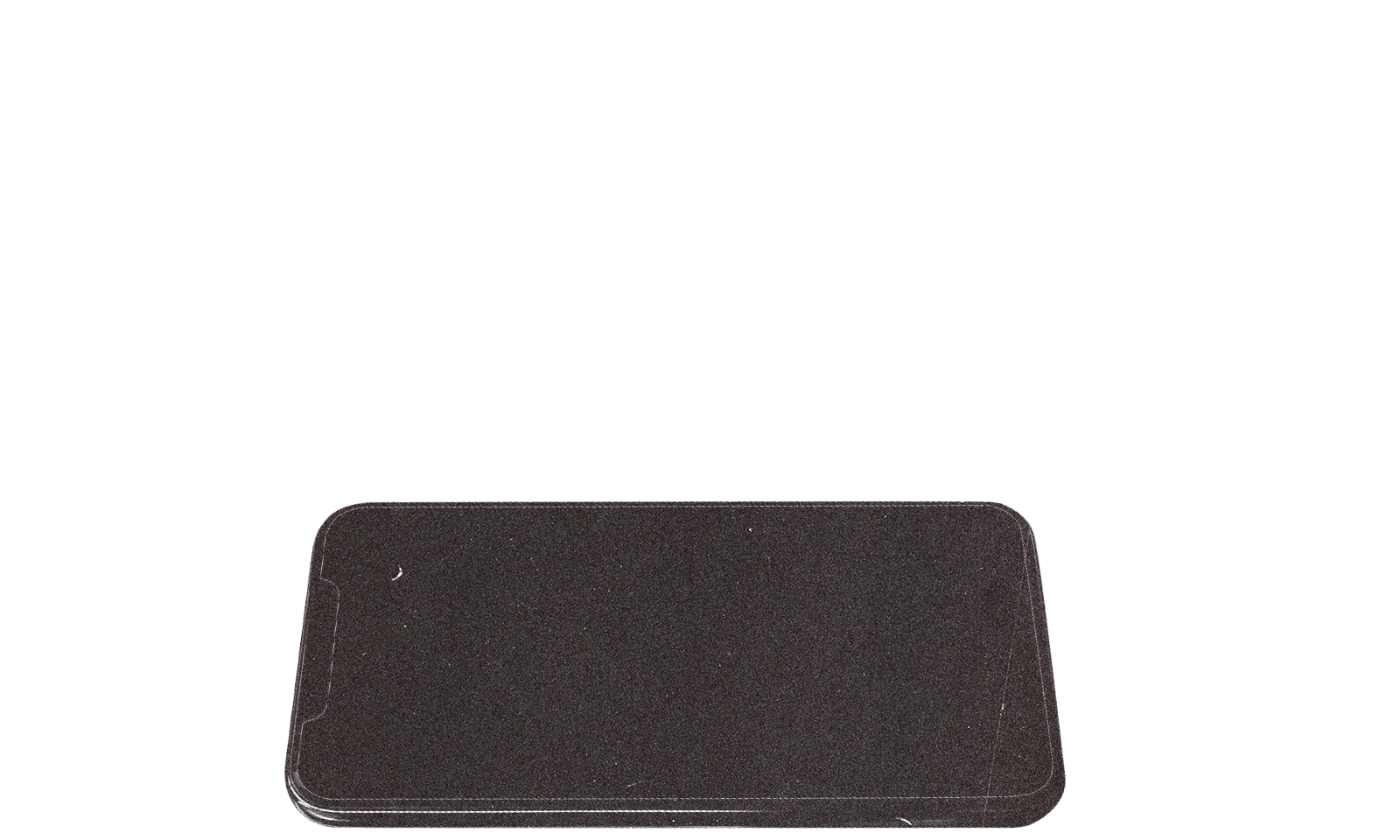Welcome to the positive corner of the internet. No one likes to feel tricked, especially about their health. That’s why every weekday, we make sense of the confusing world of wellness with quick tips designed to make you healthier in less than 5 minutes. If you were forwarded this message, you can get the free daily email here.
Today’s Health Upgrade
Arnold’s Monday motivation
How many meals should you eat per day?
Workout of the week
Arnold’s Podcast
Want more stories from Arnold? Every day, Arnold’s Pump Club Podcast opens with a story, perspective, and wisdom from Arnold that you won’t find in the newsletter. And, you’ll hear a recap of the day’s items. You can subscribe on Apple, Spotify, Google, or wherever you listen to podcasts.
Arnold’s Corner: Monday Motivation
Today, instead of Monday Motivation, we’re doing Monday Education.
In The Pump app, one of our most common questions is about knee pain when squatting or doing lunges.
We always tell people that they need to see a physical therapist because nobody should diagnose an injury over the Internet.
But I started to think — I created the app and this newsletter to help democratize fitness and make it accessible to everyone. This newsletter is completely free and always will be, and The Pump gives people a fully designed fitness program and helps you build habits for about the cost of two Starbucks coffees.
I love that I can use my position to give all of you access to the experts I know.
And when it comes to physical therapy, I happen to know the best. Heather Milligan is my girlfriend, so I’m biased, but all of the professional athletes and the thousands of regular people she treats would tell you the same thing I will: she’s the best, and the clinic she’s built, Elite Orthosport, is the best.
I shared some of the comments in The Pump about knees with her, and Heather agreed to do a video for our village explaining knee pain and ways you can help improve it.
Whether you have knee pain or perfectly healthy knees, this video is for you. You’ll learn about the different muscles of the leg, and you might realize you’re using too much quad and not enough hamstring and glute.
After you watch it, I want you to put into practice what Heather taught all of us. Do a wall sit, and shift your weight in your feet from your heel to your toe to the middle. Put your mind inside your leg muscles, and pay attention to when you feel it more in your quad (the top of your thigh), your hamstrings (your leg biceps), and your glutes (your butt). Try to find the position that balances your weight across all of them.
I hope this helps all of you!
And if you enjoyed this video, the Pump isn’t just a workout program. We share educational articles and do Q and A’s every week, and it’s just a village where we support each other. Try the 7-day trial and look at the comments on the weekend posts, and you’ll see immediately that it’s the positive corner of the internet. We still have a limited number of $100 gifts for members who sign up for annual membership and stick around after the 7-day trial. You can claim the $100 bonus gift here.
Here’s wishing you all a fantastic week!
How Many Meals Should You Eat Per Day?
If you’ve read about nutrition, you’ve probably run across the idea of “boosting your metabolism” by eating more often. That’s why there was a movement to eat smaller meals four to six times per day for decades. There’s just one problem.
Research suggests that the number of times you eat per day does not affect fat loss, body composition, or blood sugar management.
Scientists reviewed 11 studies that focused on meal frequency. The studies ranged from 2 to 3 meals per day to those who ate anywhere between four to 17 meals per day. (We’re giving credit to anyone eating 17 times per day in the name of science).
In the groups and studies, eating more frequently didn’t lead to any clear improvements in health markers (blood lipids, fasting glucose, insulin levels, or body fat loss).
So what does it all mean? You don’t need to stress about how often you eat. That is a matter of personal preference. What matters most is how much you eat, the foods you eat, genetics, and other behaviors that influence your hunger and cravings. Some people can better control their hunger when eating fewer, bigger meals, and others feel better when eating smaller, more frequent meals. You might need to experiment, but both work.
The likelihood of success — whether with weight loss, gain, or overall health — depends more on the foods you eat and how much you consume.
Workout of the Week
Before studies started testing every training method, the bodybuilders and weightlifters of yesterday would create workouts, figure out what worked, and repeat what was most effective. Despite everything we know today, some simpler approaches are still wildly effective.
This week’s workout is a throwback plan that is as brilliant as it is simple. Follow the four steps below, and you’ll see why it’s lasted the test of time.
Step 1: Pick four movements that cover all the basic movement patterns.
Movement one: push (think chest press, overhead press, etc.)
Movement two: pull (row, pullup, etc.)
Movement three: squat (barbell squat, single-leg squat, goblet squat)
Movement four: hinge (any deadlift variation, swing, or hip thrust/glute bridge)
Step 2: Pick two exercises you’ll perform during one workout and two exercises you’ll do for another. For example, you might combine a chest press and a row (this would be an all-upper body day). Or, you might combine a pullup and a barbell squat. You can combine any two pairs but don’t duplicate the exercises. So, the two exercises you perform for your first workout (workout A) will be different from those you perform the next time you exercise (workout B). Once you’ve created your two pairs of two exercises, build a workout schedule. It will look like:
Workout A
Day off
Workout B
Day off
Workout A (and so forth)
Step 3: Find a weight you can perform for 5 reps for each exercise (you won’t use the same weight on each exercise). This might take some trial and error or estimates based on previous workouts. You can use barbells, dumbbells, kettlebells, bands, or even a weighted backpack or ruck.
Step 4: Begin the workout by performing one rep of the first exercise (using the 5-rep weight) and then rest. Then do two reps and rest, and then do 3 reps. That’s one set (6 total reps). You want to rest enough to feel fresh on each rep so you can push with maximum intensity. Rest, and then repeat the 1-2-3 method twice more for a total of three rounds. Then, move to the next exercise and repeat the 1-2-3 approach, and that’s it.
In the next workout (with the other two exercises), you’ll repeat the same 1-2-3 approach. We offer weekly workouts, but you can follow this program for 6 to 8 weeks and try to get stronger with each workout. It isn’t complicated, but it’s focused, intense, and designed to help get you stronger without having to live in the gym.
Give it a try, and let us know what you think!
—
Publisher: Arnold Schwarzenegger
Editors-in-chief: Adam Bornstein and Daniel Ketchell
